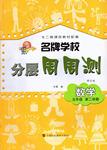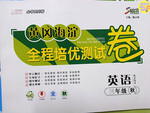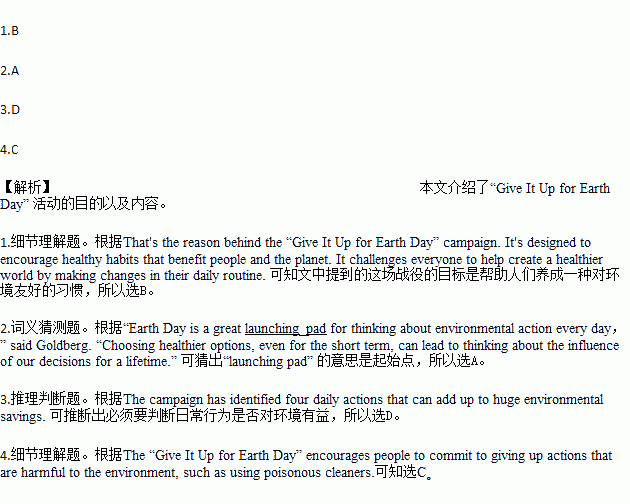题目内容
The “Give It Up for Earth Day” encourages people to commit to giving up actions that are harmful to the environment, such as using poisonous cleaners.
Throughout the month of April, Canadians are being asked to “Give It Up for Earth Day!” Earth Day has been celebrated every year on April 22 since 1970. Earth Day Canada president Jed Goldberg says that as people become more environmentally aware, they want to find ways to reduce their environmental influence, not just celebrate one special event.
“Earth Day is a great launching_pad for thinking about environmental action every day,” said Goldberg. “Choosing healthier options, even for the short term, can lead to thinking about the influence of our decisions for a lifetime.”
That's the reason behind the “Give It Up for Earth Day” campaign. It's designed to encourage healthy habits that benefit people and the planet. It challenges everyone to help create a healthier world by making changes in their daily routine.
“We wanted to plan an actiontargeted campaign that will give people a chance to act on their concern for the environment in a positive way,” said Goldberg.
The campaign has identified four daily actions that can add up to huge environmental savings. They include pledging (保证) to turn off the TV, give up the use of poisonous cleaners, reduce consumption of consumer products and cut out meat.
At the end of April, all of the pledges will be recorded and converted (转化) into the number of TV hours not watched, dollars not spent on unnecessary items, electricity saved, greenhouse gas emissions (排放) avoided by cutting out meat, and poisonous chemicals produced from homes and landfills.
“What we're trying to achieve this year for Earth Day is to give people a chance to do something that is meaningful and measurable,” said Goldberg.
1.The aim of the campaign mentioned in the passage is to ________.
A. enable people to save more money for future use
B. help people develop environmentally friendly habits
C. prevent people from making changes in their daily routine
D. warn people against reducing consumption of consumer products
2.The underlined word “launching pad” (in Paragraph 3) probably means “________”.
A. starting point B. finishing line
C. exchanging stage D. reforming stage
3.We can conclude from the passage that ________.
A. Earth Day was first celebrated over half a century ago
B. short term decisions will by no means influence our lives
C. Earth Day Canada is actually an everyday environmental action
D. daily actions must be measured to benefit the environment
4.Which disagrees with the spirit of “Give It Up for Earth Day”?
A. Switching off TV.
B. Riding bikes.
C. Using poisonous cleaners.
D. Saving electricity.
 名牌学校分层周周测系列答案
名牌学校分层周周测系列答案 黄冈海淀全程培优测试卷系列答案
黄冈海淀全程培优测试卷系列答案
